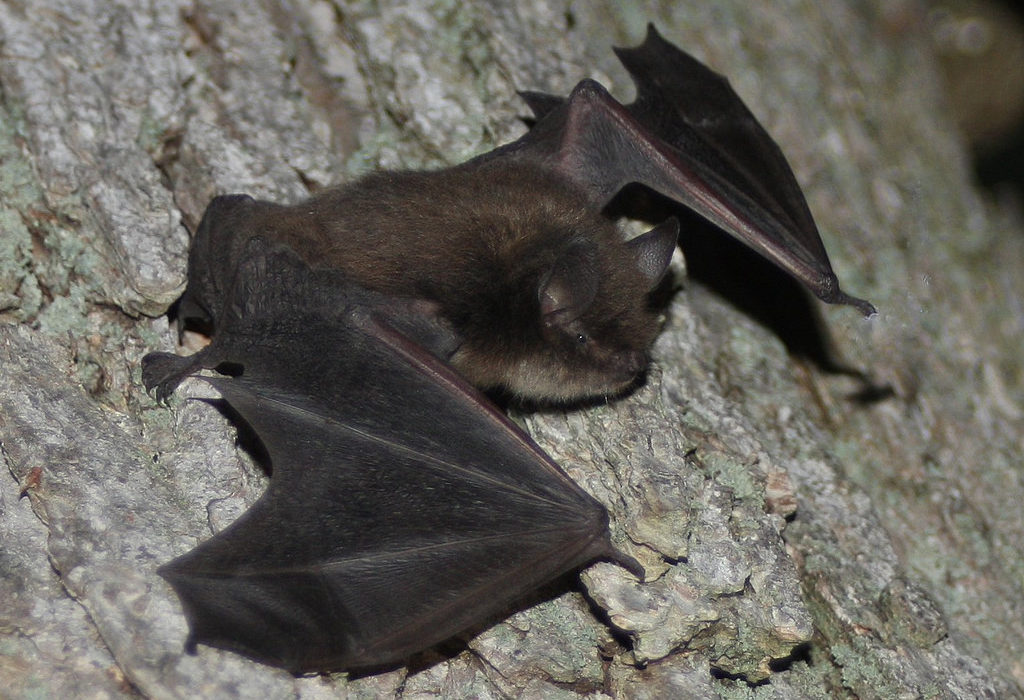
The family sat at the picnic table, spreading out their feast. A small girl with braids started giggling uncontrollably. As I walked closer to see what was going on, my heart sunk.
Lily Lake teemed with visitors that day. The little girl was feeding a chipmunk peanuts, and it had crawled up in her lap. Everyone in her family seemed to think this was adorable. Dad snapped numerous photos with his iPhone, as the girl continued to laugh.
“Excuse me…”
“Oh hi, look it’s the Park Ranger.”
“Hi, I hope you’re enjoying your picnic. But I need to tell you it’s illegal to feed wildlife in a national park.”
“Oh, are we even in the national park? We’re sorry.”
But their faces belied their intent. I knew as soon as I went back to my car, they would be back at it. I needed to say something else that would make them second-guess this as a good idea.
“Did you know that many rodents, including those chipmunks, carry rabies? If that chipmunk gets startled, he could easily bit your little girl.”
Now dad looked appropriately stricken. He grabbed the bag of peanut from the little girl and shooed the chipmunk away.
“Oh gosh, we had no idea. We’ll make sure we keep the food away.”
The sad thing is it’s a scene I’ve seen over and over again. People think it’s cute to see marmots, squirrels and chipmunks come up to you and take food right from your hand. I wish I could say this type of behavior is limited to tourists, but I would be wrong.
This year has seen more rabies cases along the Front Range of Colorado for a long time. The population of foxes, coyotes, squirrels, raccoons and even bats has boomed this year. More mammals means more rabies in wildlife. More wild animals with rabies means a threat to people as well.
Just this past week, a rabid bat was found in Boulder. The dead bat had apparently been sitting in the grass for days before a dog found it. County health officials worried that children or dogs may have handled the bat.
We had our own close call — in our house. My husband walked down the stairs one morning and stepped on a dead bat. We didn’t know when it had died or whether any of the cats or dogs had picked it up in their mouth. We called Boulder County, and they told us to use gloves and put it in a ziplock bag. We met an animal control officer in Boulder who took it be tested. Fortunately, the test came back negative for rabies.
But perhaps the worst story of a rabies case occurred in Fort Lupton in July. A woman took a baby raccoon into her home. People who heard about it were so enamored by the story, that 20 people came over to her house to visit and handle the raccoon. Only when a woman called a nearby animal shelter, were county health officials alerted. Turned out the raccoon was rabid and 21 people had to be treated for exposure to rabies.
News flash — wildlife is just that, animals that live in the wild. They carry a whole host of diseases including rabies and plague. Don’t touch them or bring them into your home. If you see a wild animal acting oddly, call Colorado Parks and Wildlife to investigate. Particularly of concern are wildlife seeming unusually tame or bold around people, especially during daylight hours. The most common animals that carry rabies are bats and skunks.
If you want a pet, get a cat or a dog, but watch the wildlife from afar.

